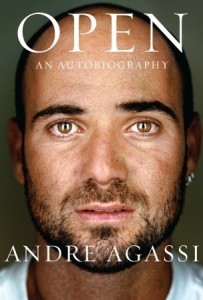 The fact was I could not sell my spare Waterboys ticket.
The fact was I could not sell my spare Waterboys ticket.
“Who are The Waterboys?”
That was the common response I got when I told people I was going to their gig at the Melbourne Recital Centre this past Friday night and had a spare ticket.
“You know that song ‘The whole of the moon’” and then I would badly hum the tune.
“Oh yes THAT song” was the reply. Others had never heard of the band formed by Scotsman Mike Scott in 1983.
It was about 14 years since I last saw them perform at a folk music festival in Finsbury Park, London, headlined by Neil Young and Crazy Horse, which also featured the late, great Gary Moore.
It poured with rain that day and my chief memory is dancing in the mud to classic Waterboy songs like ‘Fisherman’s Blues’, with its glorious, rollicking fiddle melody, the mournful ‘Bang the drum’ – surely one of the most beautiful songs ever written – and the storytelling charm of ‘A girl called Jonny’.
Age has not diminished the Dylan-esque voice, guitar and piano playing, and showmanship of Scott (a folky Mick Jagger) nor the wonderful fiddle playing of Steve Wickham, (considered the best rock fiddle player in the world by many) who gives The Waterboys their distinctive folk sound.
It was wonderful hearing all these songs again third row from front in an auditorium designed with the acoustics for classical music concerts.
The band performed five or six songs from their latest album – Modern Blues (against the backdrop of the album’s cover, a giant ‘nature man seemingly conducting music from a field of lavendar) – beginning with the rocking ‘Destinies Entwined’ and creating that rich ‘wall of sound’ with organ, keyboards, fiddle and guitars, before moving into familiar storytelling mode with the ‘The girl who slept for Scotland’, the cheeky ‘Rosalind you married the wrong guy’ and ‘Nearest thing to hip’ about the demise of British shopping streets, where the cool shops have all been replaced by bland chain stores.
By the end of the near two hour set, many people were dancing in the aisles, cheering and stomping their feet.
And next to me was an empty seat, a missed chance to see one of the world’s best rock-folk bands in blistering form.
For a taste of what you missed, Fisherman’s Blues by The Waterboys
“Fisherman’s Blues”
Tumblin’ on the seas
Far away from dry land
And its bitter memories
Casting out my sweet line
With abandonment and love
No ceiling bearin’ down on me
Save the starry sky above
With light in my head
You in my arms
Woo!
I wish I was the brakeman
On a hurtlin’ fevered train
Crashing a-headlong into the heartland
Like a cannon in the rain
With the beating of the sleepers
And the burnin’ of the coal
Counting the towns flashing by
In a night that’s full of soul
With light in my head
You in my arms
Woo!
Tomorrow I will be loosened
From bonds that hold me fast
That the chains all hung around me
Will fall away at last
And on that fine and fateful day
I will take thee in my hands
I will ride on the train
I will be the fisherman
With light in my head
You in my arms
Light in my head
You in my arms








